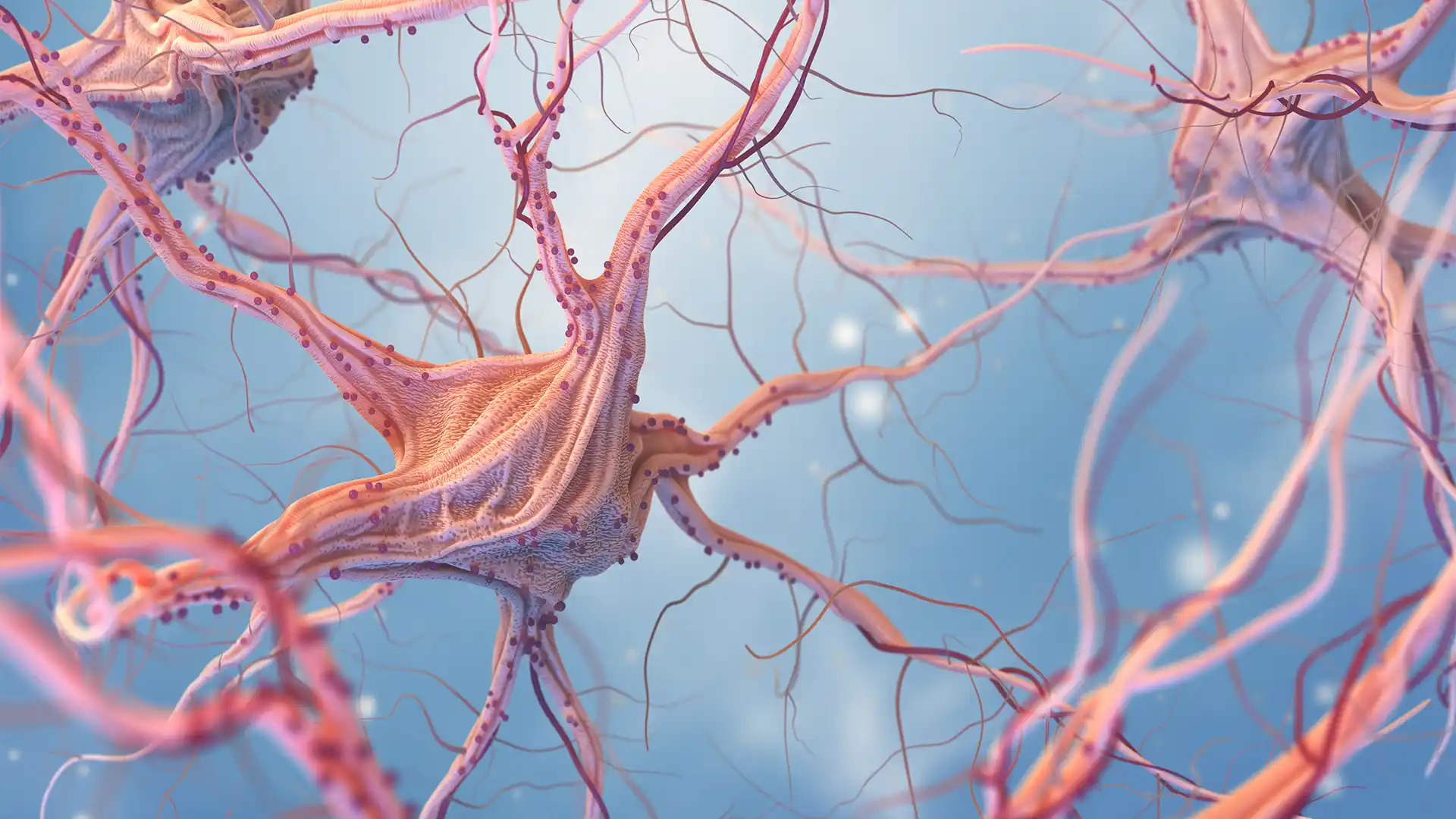The nervous system of the body can be divided two ways. By structure, it is identified by its location in the body as either the central or peripheral nervous system. By function, the somatic or autonomic nervous systems control different parts of the body.

Of these divisions, the autonomic nervous system receives little attention in medical education today. Yet, the autonomic nervous system (ANS) plays a role in essentially every aspect of the life of the body. Its aim is to achieve homeostasis, a steady state of the inner world of the body, and it does this by enabling the body to adapt to variables such as temperature and gravity.
The ANS operates much like an air conditioner in a house. An air conditioner has a thermostat that helps regulate proper temperature in all the rooms. Many variables may affect a room’s temperature, including the season of the year, as well as the number of people, the placement of vents, and the amount of lighting in the room. If the room is uncomfortably cool, we can go to the thermostat and turn its air temperature up. If the system is
working properly, in a relatively short period of time the room will become more comfortable. The air conditioner’s thermostat helps us keep the temperature of the rooms in our homes in a fairly comfort- able and steady state.
Likewise, the ANS of our body uses many internal automatic regulators, like thermostats, to maintain a fairly steady state in the inner world of our body. The ANS controls functions such as:
- Circulation
- Blood pressure and heart rate
- Temperature regulation and perspiration
- Breathing
- Cognition and short-term memory
- Digestion and excretion
- Adapting to an upright physical position (orthostasis)
- Interpretation of external sensory stimuli
- Processing of pain
- Ability to sleep and wake
- Tears and many other “inner world” functions

The ANS can be further divided into the following subsystems:

When the ANS is working properly, there is a balance between the gas of the sympathetic nervous system and the brakes of the parasympathetic nervous system. There is also a normal functioning of the gut, which allows proper digestion of food, absorption of nutrients, and release of appropriate chemical messengers of the body. This proper balance between the sympathetic and parasympathetic nervous systems provides a steady inner world or homeostasis.
When this balance is off, the inner world of the body is not in a steady state, and this adversely affects the function of many and/or all organ systems of the body. When the steady state of the inner world is off balance or parts of the ANS are not working, the condition is called dysautonom































